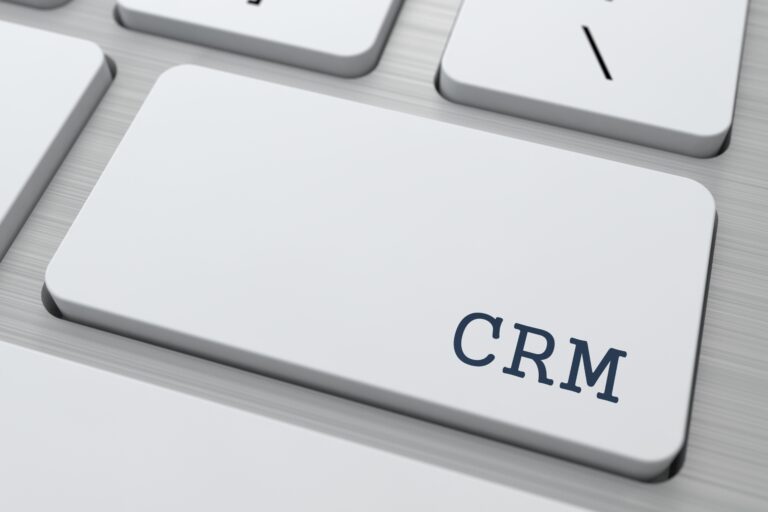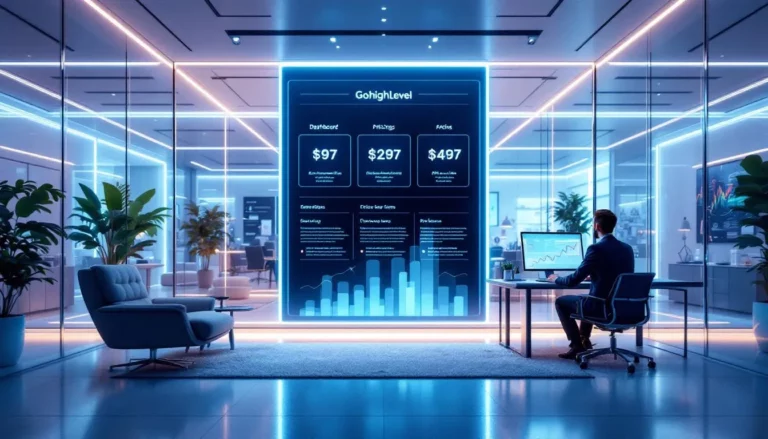Introduction
The world that agencies work in now is both exciting and difficult. On the one hand, there is more demand than ever for digital marketing, automation, and keeping customers interested. On the other hand, there is a lot of competition, customers are expecting more, and the costs of doing business keep going up. Not only do agencies need to get things done, but they also need to build processes that can be expanded and support long-term growth.
That’s where the max out agency crm playbook really shines. Agency get the tools they need to go beyond standard service models when they combine the power of Customer Relationship Management (CRM) systems with the chance to make ongoing revenue through Software-as-a-Service (SaaS). This plan isn’t so much about working harder as it is about working smarter, which will turn agencies into profitable, scalable growth engines.
Why Agencies Struggle to Scale
Before you start making plans, you should know why a lot of companies reach a limit.
One major problem is relying too much on human processes. Follow-ups, reports, and developing leads would take a huge amount of time if they weren’t automated. HubSpot says that people who work in sales and marketing waste more than 20% of their time on boring routine tasks. This waste adds up across all of an agency’s clients, which slows growth.
Another problem is income that is hard to predict. When an agency only offers project-based services, they start from scratch every month. It’s hard to hire people, spend money, or grow when things aren’t predictable. Forbes says that companies that make money from regular income are more stable and better able to grow
Lastly, client turnover makes things less stable. When agencies don’t speak properly or provide ongoing value, clients leave, and they have to keep getting new ones just to keep making money. Neil Patel says that keeping customers is the secret to growth, but it’s hard to keep customers without the right processes.
The Playbook Approach to Scaling
You can grow in more ways than just getting more business or people. There needs to be a plan, which is a clear list of steps and processes that will make things run more easily, bring in more money, and halt any changes. Right now, the best plan for modern businesses is one that combines CRM and SaaS features.
In this manner of doing things, long-term connections are more vital than short-term initiatives. It makes labor simpler by automating processes, and it also creates continuous streams of cash that make the company strategy safer. The right steps can help a business grow without lowering the level of service or the amount of employees they hire.
Step 1: Using CRM as the Operational Backbone
The CRM system is the most important part of the max out agency crm playbook. A CRM is like the center of a business; it’s more than just a list of things. All the information about clients is kept in one place, and there are links to different ways to get in touch.
Line of sight information lets companies always know where each lead is and what to do next. Auto-follow-ups make sure that you never miss a chance because they are always done right away. Clients will keep coming back because these tools make it easy and clear for them to get info. This builds trust.
The McKinsey study shows that companies that use a mix of tools do better than their competitors. This is because speed and data-driven choices are very important to them. When it comes to businesses, the CRM is what unites all of their different growth plans into one.
Step 2: Leveraging Automation for Efficiency
Once you have a CRM set up, the next step is to make it work automatically. Workflows make it simple to do things over and over again, like sending welcome emails, following up with leads, or making notes. That way, every customer and possible customer will always get the same level of care, even when the business is busy.
Even though technology makes work easier, people still have to do it. By getting rid of low-value tasks like habits, teams can focus on high-value tasks like making plans, coming up with new ideas, and getting to know each other. Things stay the same, but this mix makes them run better.
To close deals, Neil Patel says one of the most important things you can do is to answer quickly. Agents can get important speed advantages when CRM sets up and runs follow-ups on its own.
Step 3: Adding SaaS for Recurring Revenue
SaaS Mode is the idea that changes the game. It makes them a steady stream of money every month when they change the name of CRM software and sell it under their own brand
For a fee, some companies give their customers special CRM systems, data tools, and automation features all the time. This company does more than just one-time work. This keeps clients because they need the program to do their daily work and brings in more money.
Forbes says that businesses are more useful and stable when they have steady ways to make money, and SaaS businesses can back this up. Before you hire more people, grow, or come up with new ideas, make sure you will make money.
Step 4: Improving Client Retention with Transparency
Businesses need to keep their employees if they want to grow. McKinsey says that businesses can make 95% more money by cutting costs by just 5%.
If your CRM has a client page, you can see everything. This makes people trust you more. Every time a client wants, they can look at marketing data, progress, and outcomes. With auto-reporting, they’ll never feel like they weren’t told anything. People are less likely to leave if you are this open.
When you add SaaS services to your business, people stay with you longer. Clients are less likely to back out if they trust the tools the agency gives them. Tool and service are both important for building trust over time.
Step 5: Using Data to Drive Decisions
Choose based on facts is the last part of the plan. People who give you leads can tell you how many of them buy, how active your customers are, and how much money you make.
It can help groups figure out what works and what doesn’t, as well as what needs to be changed. You can try to make ads and paths better and sell more things. When people at G2 look at GoHighLevel, they often talk about how combining data helps them make better choices with less guesswork.
Data doesn’t just tell us what works; it also helps us improve things all the time. To stay ahead of their competitors and keep growing, businesses need to keep making small steps forward.
Real-World Example of the Playbook in Action
Online marketing projects were all that one company did in the past. They have too much work, not enough money, and team members are leaving all the time. After reading the Max Out Agency CRM Playbook, they transformed how they run their firm utilizing CRM tools and SaaS Mode.
- The CRM technologies enabled them take greater chances to earn sales.
- A better way to follow up transformed more leads into clients.
- Because people could understand everything on the websites, sales dropped by 30%.
- Getting paid to use SaaS apps regularly brought in steady cash, which made the business more stable.
In just one year, the business had grown big enough to keep making money and making customers happy. This change wasn’t made to add more work; it was made to make processes better so that they could grow over time.
Why This Playbook Works
Everything in this plan goes together really well. Data, automation, CRM, and SaaS are some of the things that make up the whole. It gets rid of waste, builds trust with clients, and makes sure they have a steady source of income because they work together.
When agencies use this plan, that’s more than what normal help tools can do. They no longer have to hire and fire staff over and over again in order to grow. Instead, the way they run their business gives them peace of mind, room to grow, and a clear way to make money.
Forbes says that to get bigger, you need more than just more tools. You also need to set up processes that let you make more things with less work. That’s what the max out agency crm playbook does.

Conclusion
They can’t use old methods if they want to do well in the market now. Tools that don’t work together, tools that need to be used by hand, and income based on projects all become barriers to growth. There is a tried-and-true way to improve performance and make more money: use both CRM systems and SaaS opportunities.
By combining tasks, organizing processes, giving regular software rights, and using data, agencies make systems that are flexible and will work in the long run. Outbound findings from HubSpot, Neil Patel, McKinsey, G2, and Forbes back up what agencies already know: the keys to long-term growth are speed, customer retention, and ongoing income.
The max out agency crm playbook isn’t just an idea for leaders who want to grow; it’s a road map to help their agency reach its full potential.






